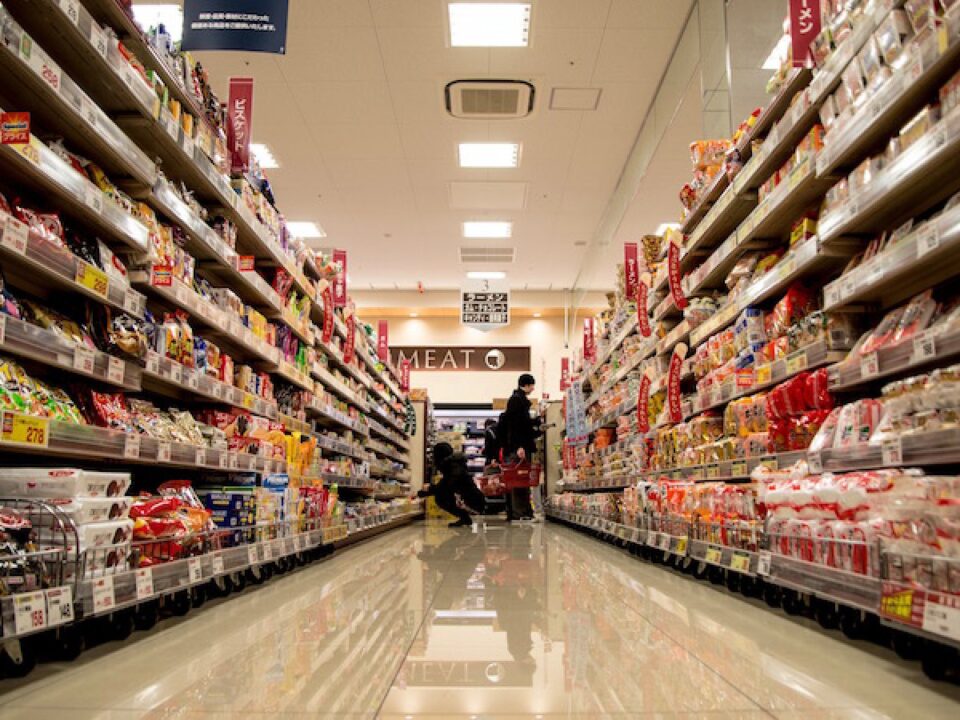
How Vendor Managed Inventory (VMI) Strengthens Supply Chain Resilience and Collaboration
To optimize inventory management, retailers and suppliers are increasingly turning to Vendor Managed Inventory (VMI) tools that transfer the responsibility…
Generix Ushers in a New Era of Intelligent Commerce for Retailers with AI-Driven Innovation Read the press release

Blockchain technology can be used to improve the traceability and quality of products by providing reliable information about their origin and status. Aim: provide food products with increased freshness in order to put consumers’ minds at ease. In order to do so, a blockchain relies on three fundamental principles:
An in-depth look at Blockchain technology
With the implementation of a blockchain, all actors involved in the food supply chain (producers, suppliers, food processing companies, distributors, retailers, regulation agencies and consumers) can have authorized access to reliable information on the origin and status of food products. And each and every one of these actors has a lot to gain:
Emerging automation trends in the supply chain
As of now, it is difficult to access the information contained in a food industry blockchain. For example, it is impossible to identify a precise point at which a product was contaminated, and assessing the losses in merchandise can take weeks.
Although this technology is still in the embryonic stage of its development, food industry giants have carried out tests to verify its viability. Ten major food companies, including Nestlé, Unilever, Walmart, Dole, Driscoll’s, Golden State Foods, Kroger, McCormick and Company, McLane Company and Tyson Foods, have thus integrated a blockchain to work on the traceability of perishable food products and prioritize the areas where technology could be useful.
And the results live up to expectations. Walmart, which carried out a feasibility study for the development of a blockchain for pork in China in 2016, can corroborate: the multinational company announced last June that it took them only a few minutes to retrace the origin of their products instead of several days. The tracked data included information on the products’ origin, their batch number, the factory which they came from, the processing methods as well as the expiration date, temperature during storage and even distribution details.
This process was also taken up by Carrefour, which announced in February 2017 that the company planned to use a blockchain for its logistics procedures, in order to ensure the transparency of its animal-based products.

To optimize inventory management, retailers and suppliers are increasingly turning to Vendor Managed Inventory (VMI) tools that transfer the responsibility…

In an ever-evolving logistics environment, agile and precise warehouse resource management is essential to remain competitive. With increasing volumes driven…

France’s electronic invoicing reform relies on a Y-architecture, where Partner Dematerialization Providers (PDPs) play a central role in issuing and…

Work with our team to build your ideal supply chain software stack and tailor it to your unique business needs.